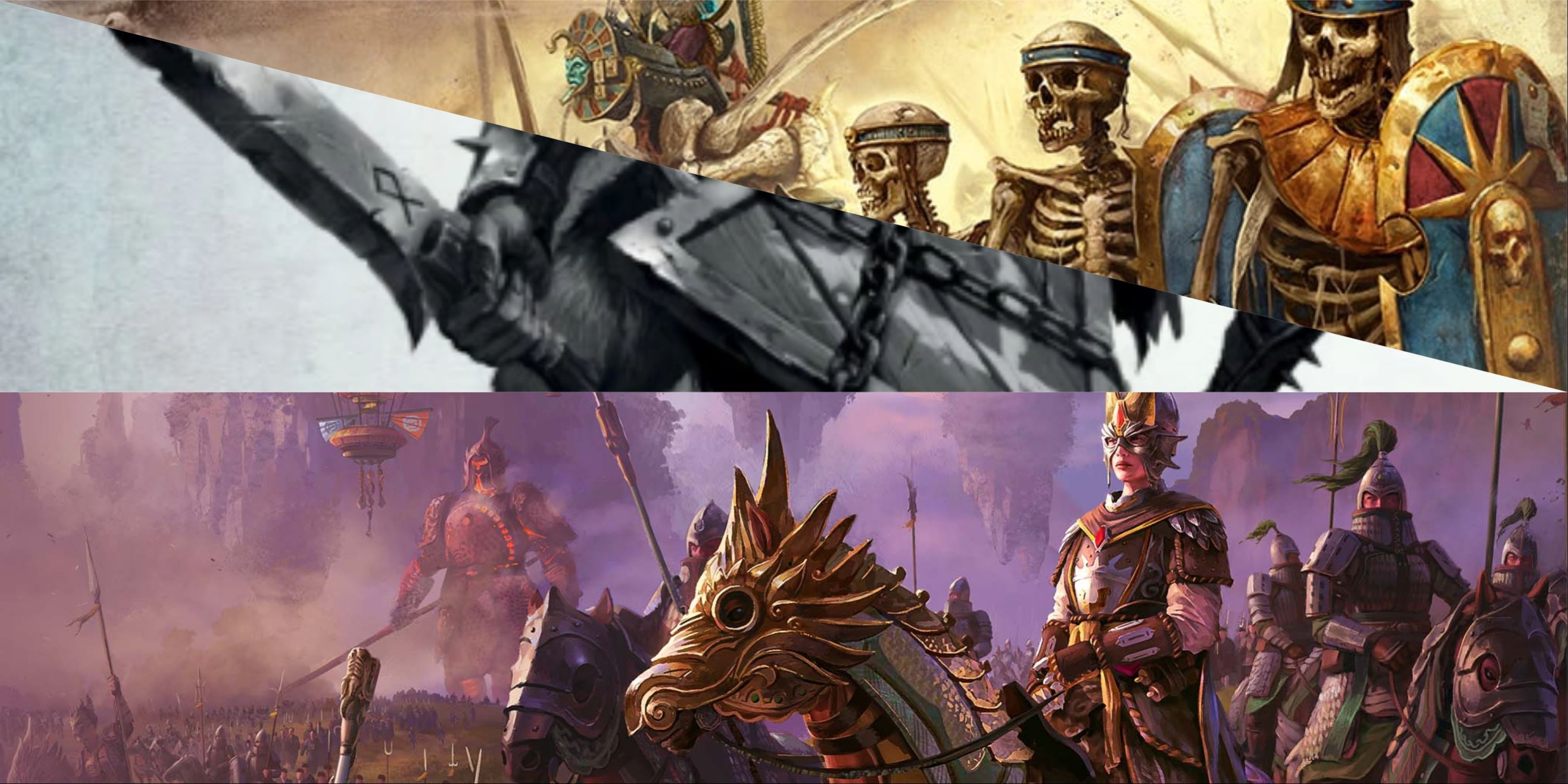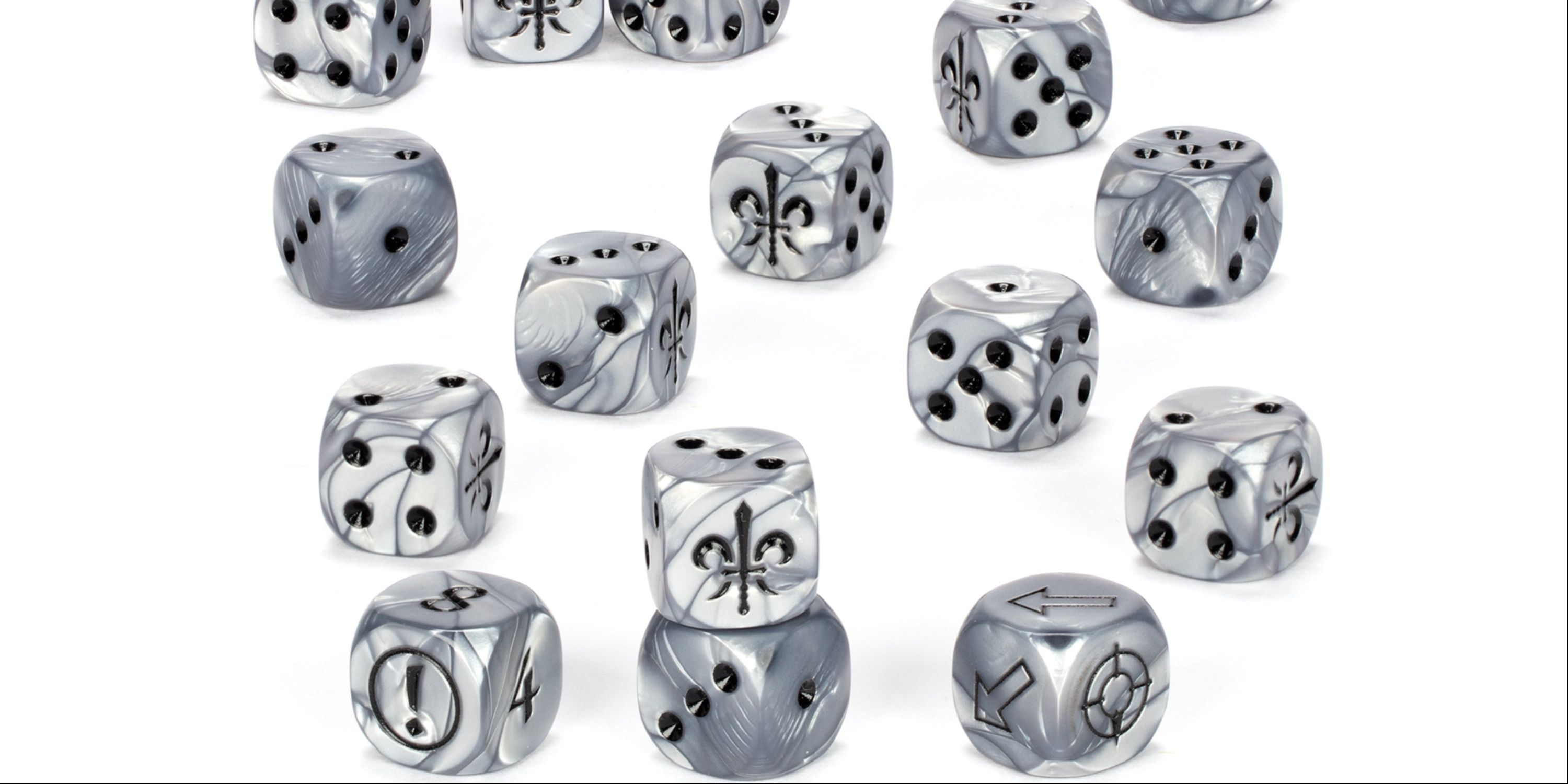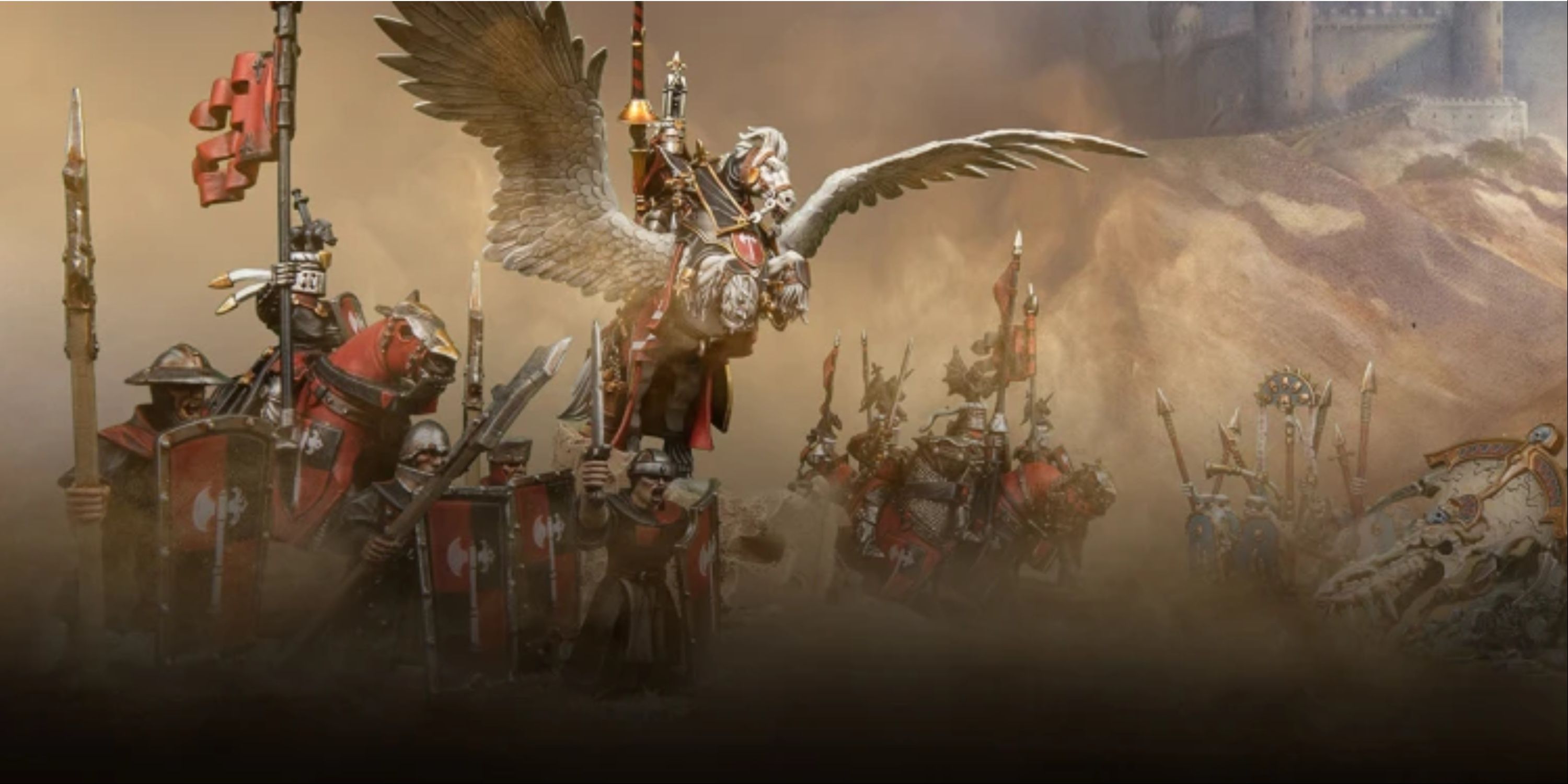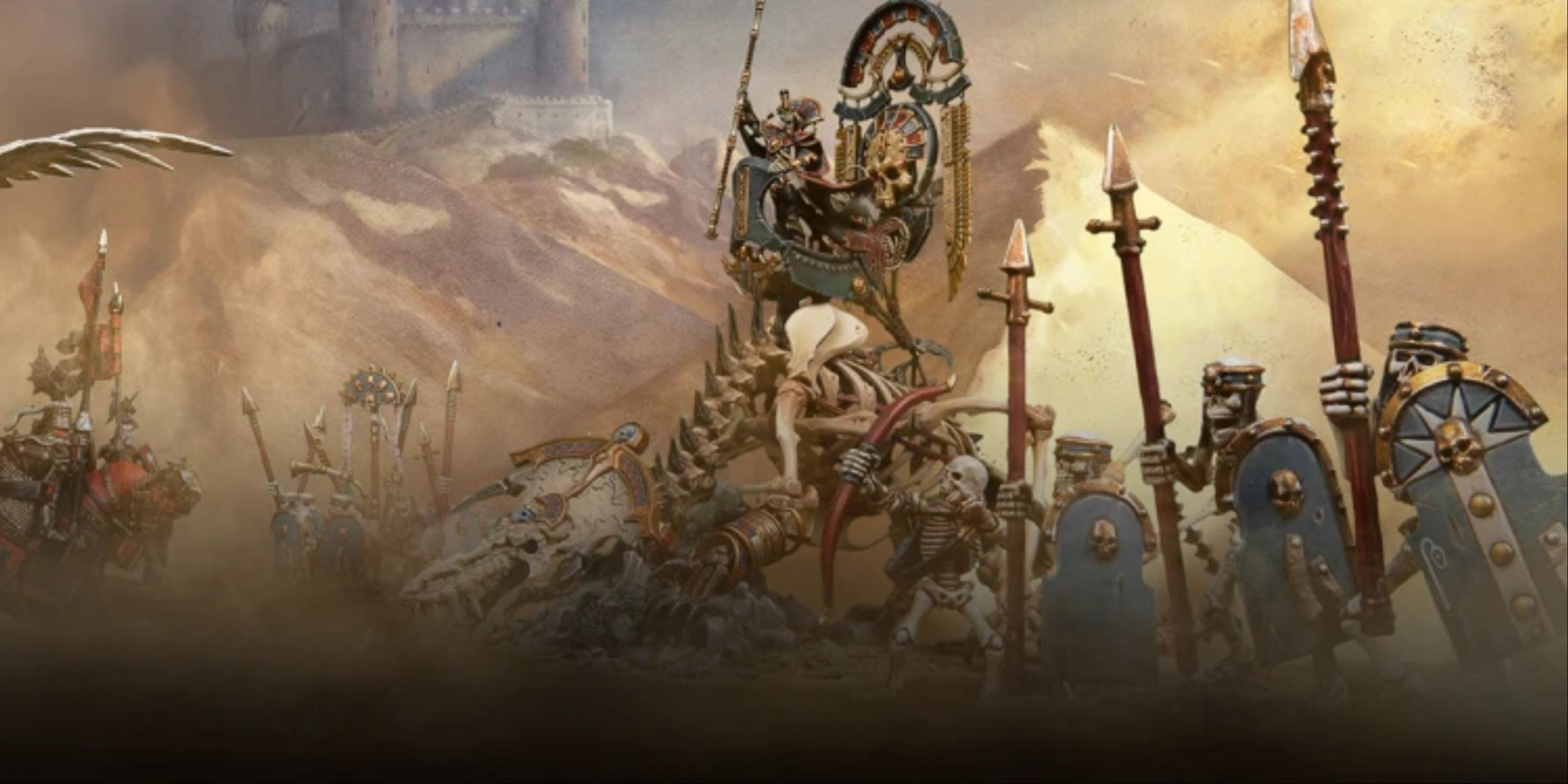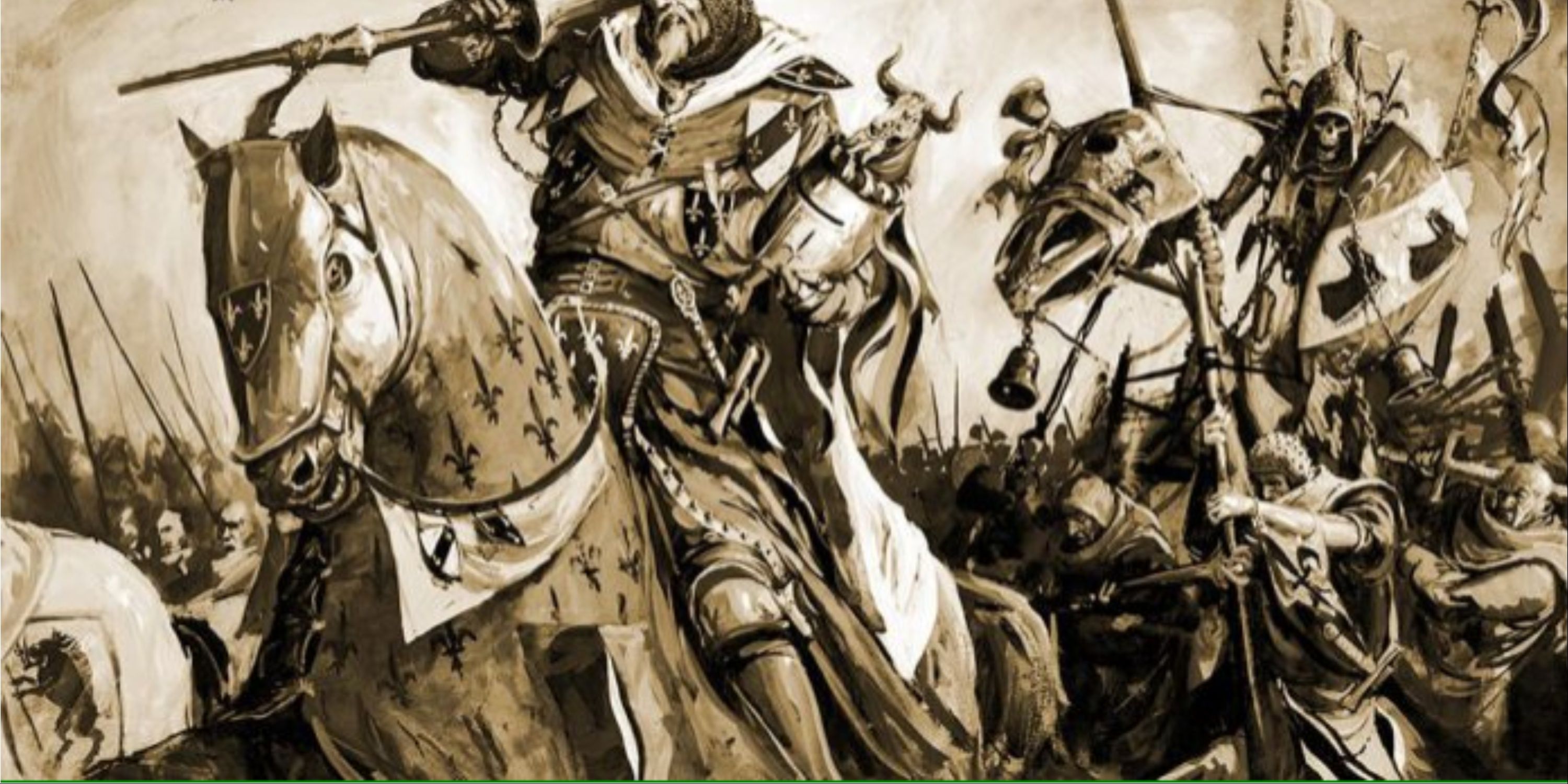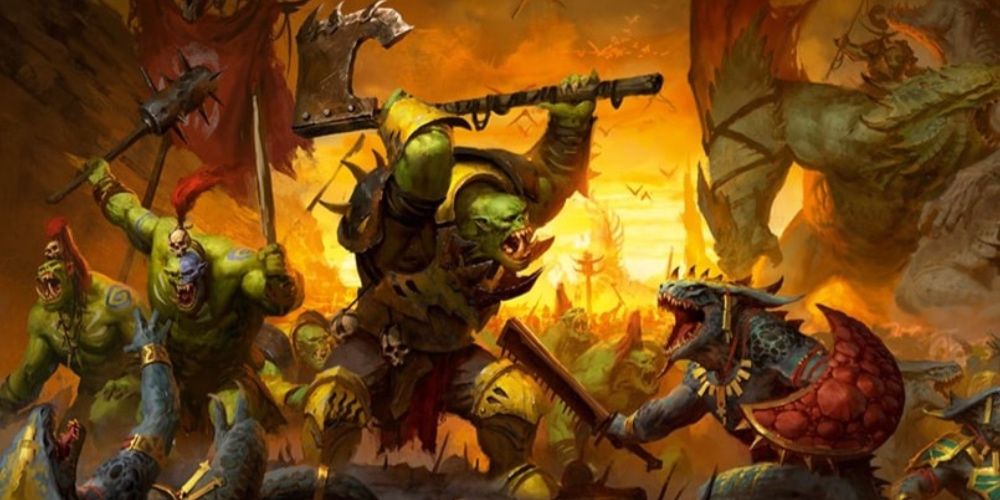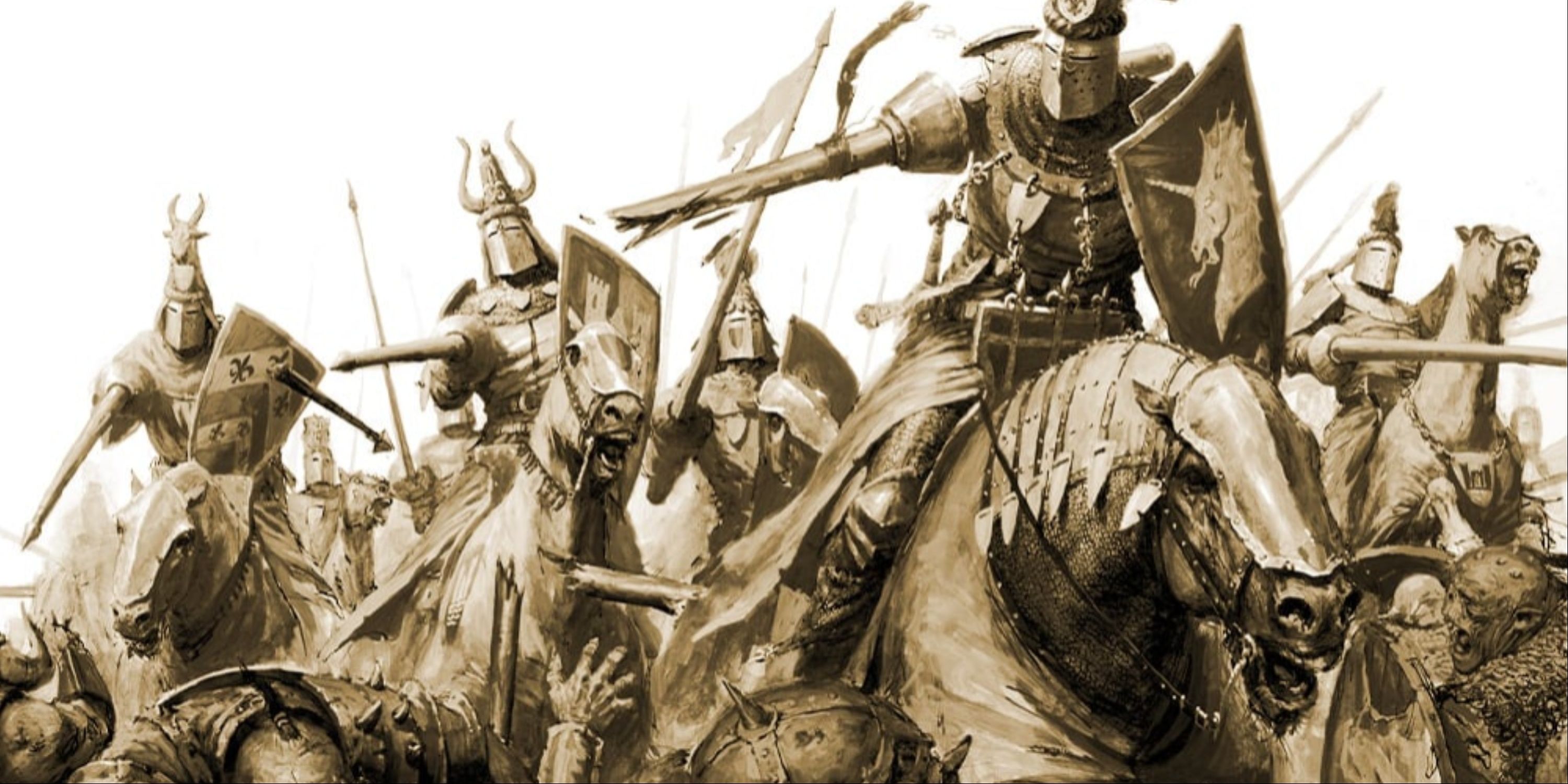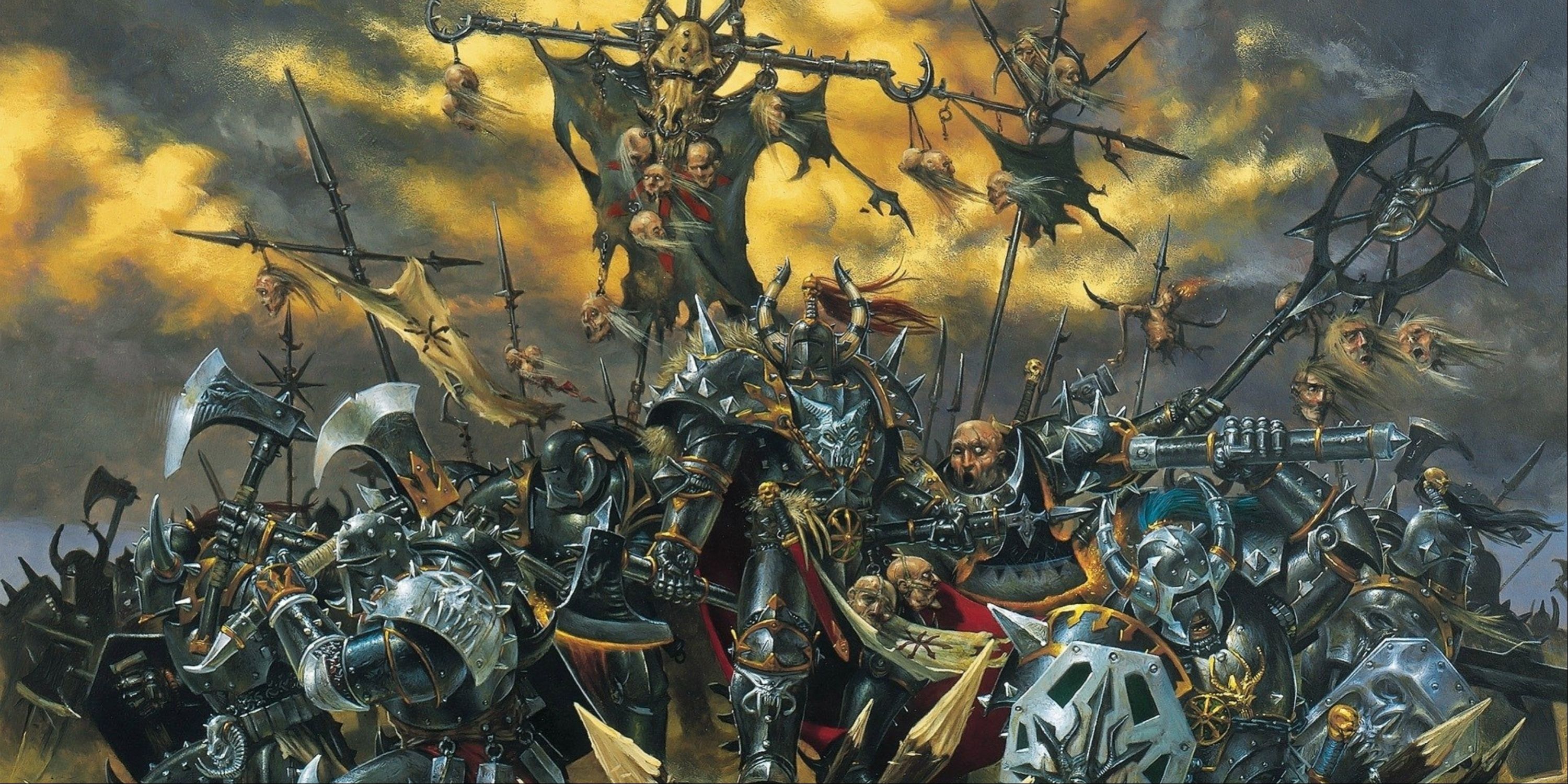Highlights
- Artillery Dice add chaos and strategy to battles, requiring players to account for unpredictable blasts and spells on the battlefield.
- Break tests replace battleshock in Age of Sigmar, introducing new mechanics that make squishy units more cautious in combat.
- Return to rank-and-file troops and reference tables in combat provide a structured and tactical approach to gameplay in Old World.
Fans of the world of Warhammer rejoice! Despite the destruction of the Old World setting that so many are familiar with from the last edition of Fantasy Battles - or from Total War Warhammer 3 - a new specialist game from Games Workshop brings players back to the times before the Age of Sigmar and gives collectors a chance to use models that they haven't been able to field in the newest releases.
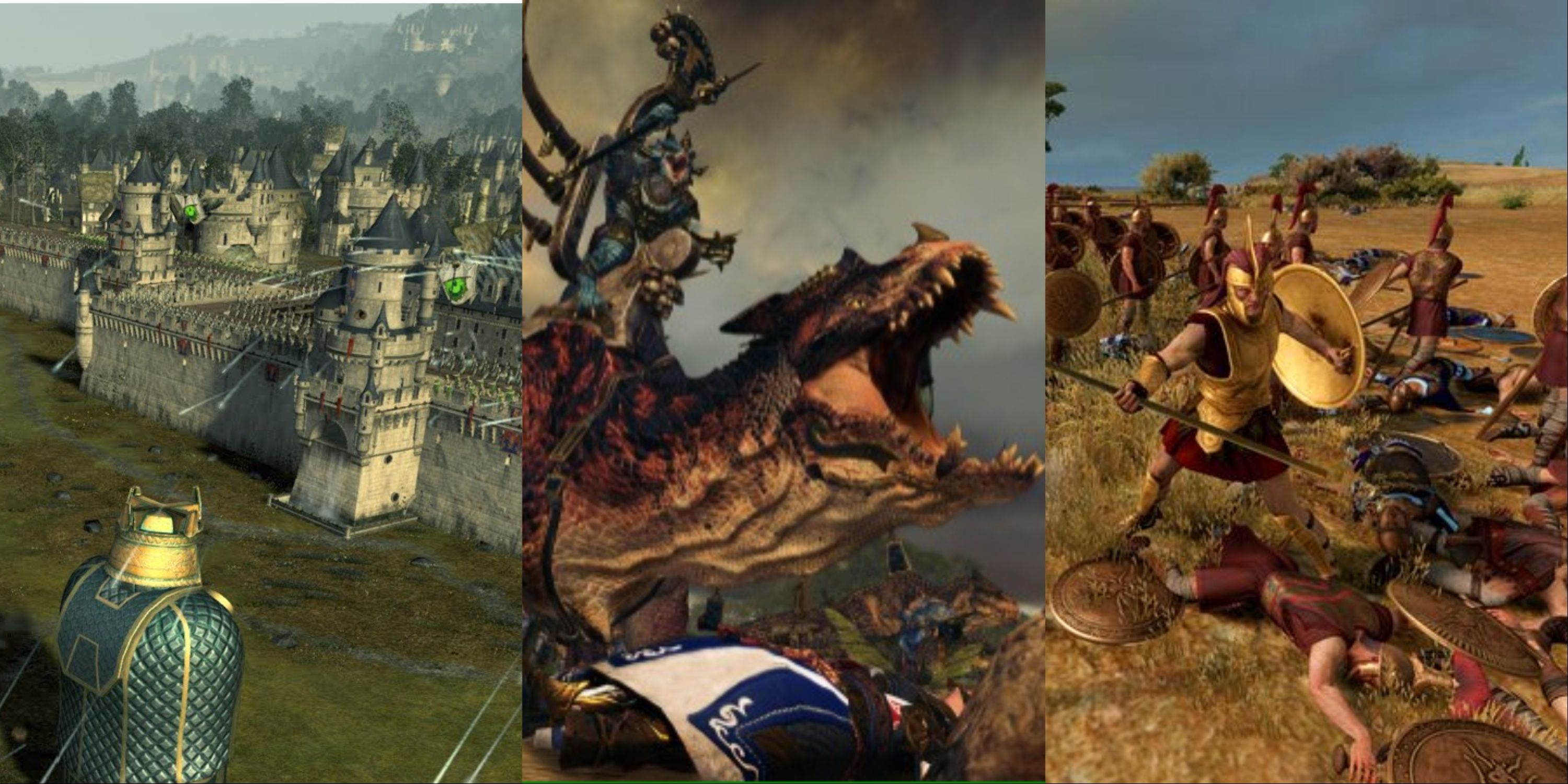
Total War: 10 Hardest Achievements To Unlock
The Total War series are notoriously complex 4X strategy games, with each having achievements that will push even experienced players to their limits.
Every faction from the destroyed setting has returned, with new rules and gameplay that are reminiscent of the old-school, crunchy mechanics.
7 Artillery Dice
Malfunctioning Mayhem For War Machines
A mechanic that will be familiar to any players of Warhammer 40K, war machines that fire into battle are forced to roll artillery dice. These dice can either score a perfect hit on the blast template that players place in the battle, or can shift the template up to six inches in a random direction.
Along with acting as a threat to those firing at units in direct combat with their troops, this also causes a fair amount of chaos, with the best targets not always being the models that the attackers will hit. The Artillery Dice are also used for some spells that roam over the battlefield unpredictably. For armies that have many expendable troops, this may not appear too much of a risk, but for heavy hitters with fewer models on the field, a misfire with artillery could mean disaster.
6 Break Tests And Fleeing
Tactical Retreats And Panicked Escapes
In Age of Sigmar, battleshock tests after losing troops determined how many warriors in the unit would turn tail and run. Those models were removed as if they were killed. In Old World, this is replaced entirely with the much more mechanically satisfying 'Break' test. After any combat between two units, players must refer to different statistics like the number of remaining troops, the number slain, the presence of a banner bearer, and other optional equipment that the general may have taken.
When a winner of the combat has been decided, the unit they are engaged with must roll using their leadership statistic to see if they will flee, and how organized the retreat will be. This means that squishy units cannot stay in combat for as long, but also could serve to make them more survivable in battle.
5 Lores Of Magic
Set Lists Of Sorceries
Rather than the assigned spells that give each unit its own spell in AoS, the spellcasting in Old World functions similarly to the two universal spells that every caster had in the previous game. When adding a spellcaster to an army list, players have to choose from schools of magic that the caster will be able to use. These vary in effectiveness and utility, with some focusing on ward saves, buffs, and armor, while others focus on high damage output and slaying as many models as possible.
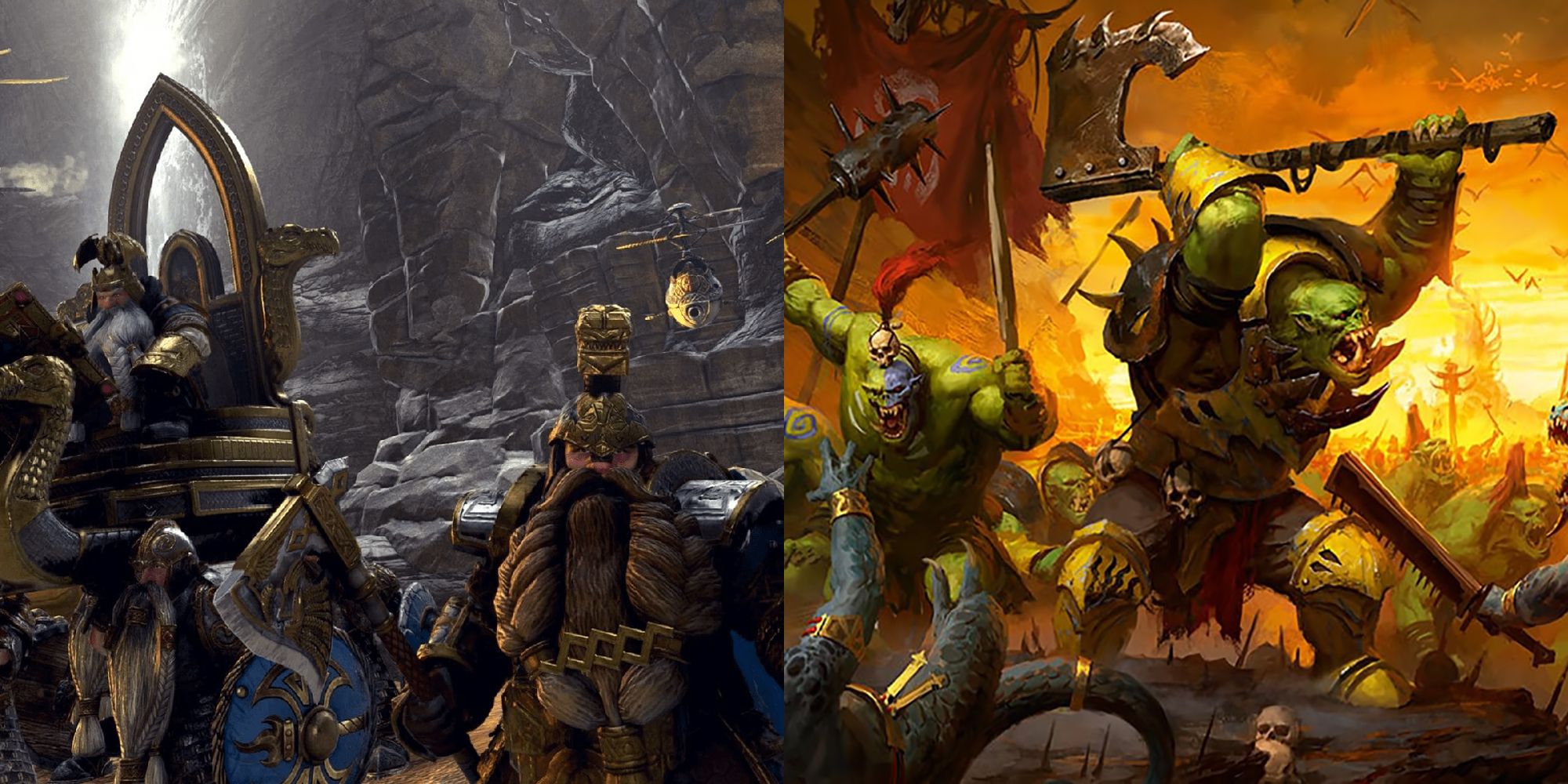
Warhammer Fantasy: Strongest Factions In The Lore
These factions have long been at the top of the power struggles within the Warhammer Fantasy Universe, controlling large parts of The Old World.
When selecting one of the Lores of Magic players have the chance to take the signature spell for that school and then have to roll randomly to see what other spells their caster has access to. This adds some variation to an army list and also means that with set lists of spells, more casters have a chance to use the powerful and rare spells.
4 Universal Equipment
Set Rules For Weapons And Armor
Like the spell lists that once functioned as entirely unique spells for different units, different weapons have also been standardized. This means that every model that uses a halberd will use the same stat line for attacks and strength. While for most models, this information is in their unit profile, it serves to ensure that there is a baseline throughout the game.
Where every weapon used to be specific to a model (the foetid blades specific to Skaven Plague Monks, for example), now they are wielding set weapons with specific characteristics that mean attacks can be more balanced while still leaving room in special rules or heroic weapons for powerful attacks and weapons with unique features.
3 Statistics
A New-Old Stat Line
The Statistics in Age of Sigmar were sorted into the most important sitting in a wheel at the header of the Warscroll battle profile. Attacks and damage sat in a stat block for weapons and separated the unit into their attack statistics on one side, and their movement, wounds, armor save, and bravery on the other. In Old World, the characteristics of a unit are laid out in one line and are more similar to the old Fantasy Battles rule set.
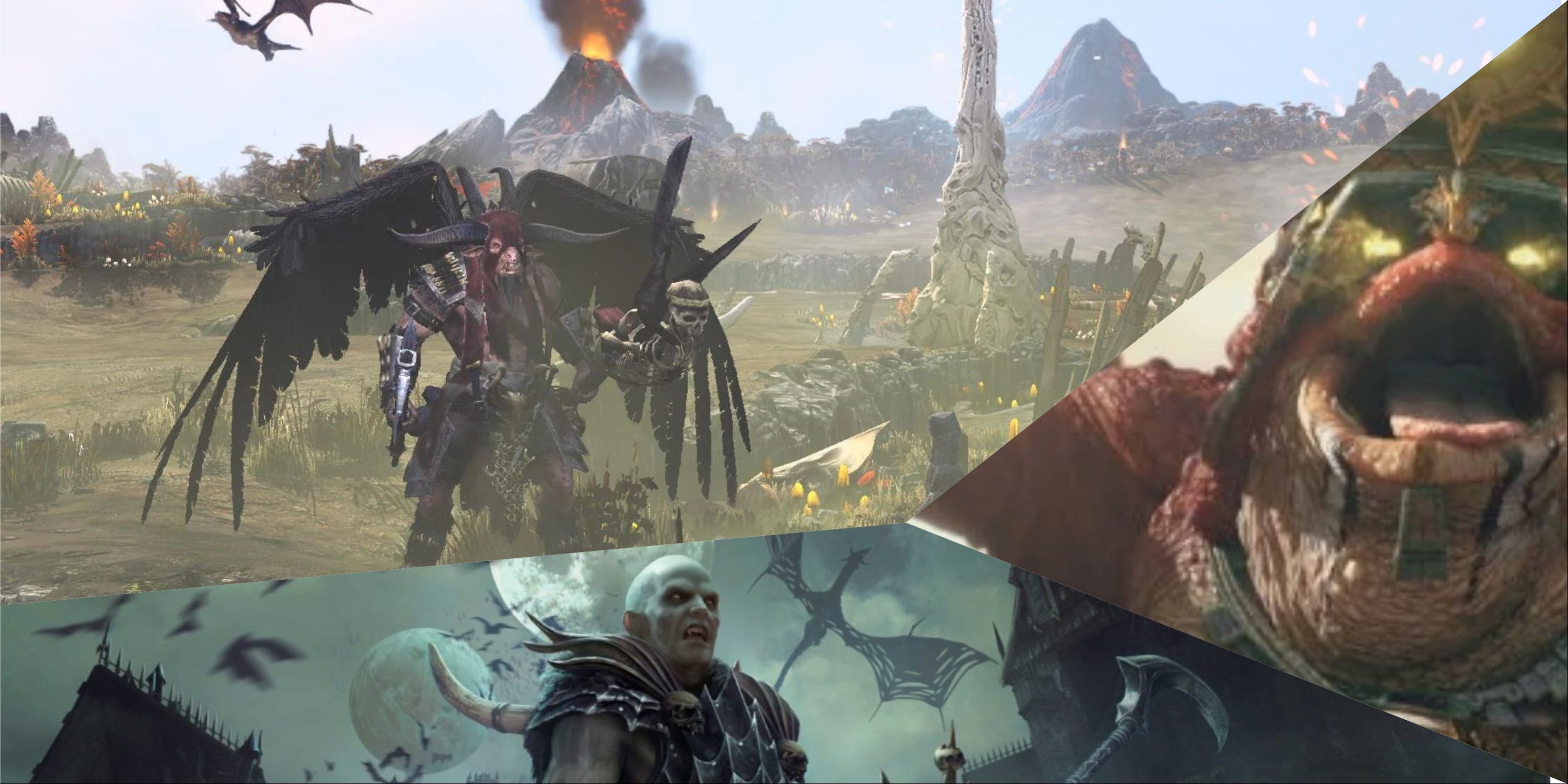
Total War: Warhammer 3 - 10 Hardest Legendary Lord Starting Positions
Several Legendary Lords of Total War: Warhammer 3 face an uphill battle when it comes to their starting positions.
Movement, Weapon Skill, Ballistic Skill, Strength, Toughness, Wounds, Initiative, Attacks, and Leadership now form the basis of a unit. Initiative stands out as a big change to Age of Sigmar, where the active player would always choose where to attack first. Now that is decided by initiative order, which means more opportunities for fast units to get in and do their damage quickly.
2 Unit Rank
Square Bases And Rank And File Troops
Despite many players having rebased old Warhammer Fantasy Battles miniatures, Old World returns to square bases. This means much more structured combat and has huge effects on gameplay. In Age of Sigmar, the pile in action meant that members of a unit could shuffle forward to swarm an enemy, letting every model make an attack, or they could shift models to a less reinforced part of an enemy to evade where possible. In Old World, units are blocked into ranks and cannot 'pile in' and change the unit structure.
They now move in a neat and uniform formation. While this makes structured play more ordered and easy to survey, this also removes the chaotic positioning battle that served as a central mechanic of great importance in AoS. The return to rank and file units means rank bonuses and spearmen with range are reintroduced as being super effective!
1 Tables
Reference Tables In Combat
The altered statistics that units rely on are mainly applied to tables where they will be tested against the opposing stat line. First, a table is checked to compare the combatants' Weapon Skill to see what needs to be rolled to result in a hit. Then, it is the attacker's Strength characteristic vs the defender's Toughness that determines what is needed on a d6. Finally, for any spellcasters, there is a casting and miscasting table that determines how successful an attempt to cast or dispel any magic is.
This can result in explosive failures or uncounterable magics that tear enemy forces apart. Finally, defenders can roll based on their armor to see if they are damaged. While these tables make for a more crunchy rules system that strays from the streamlined mechanics of Age of Sigmar, it also lets players simulate winning unfavourable encounters as well as working out which targets are a priority or easiest to take out early.
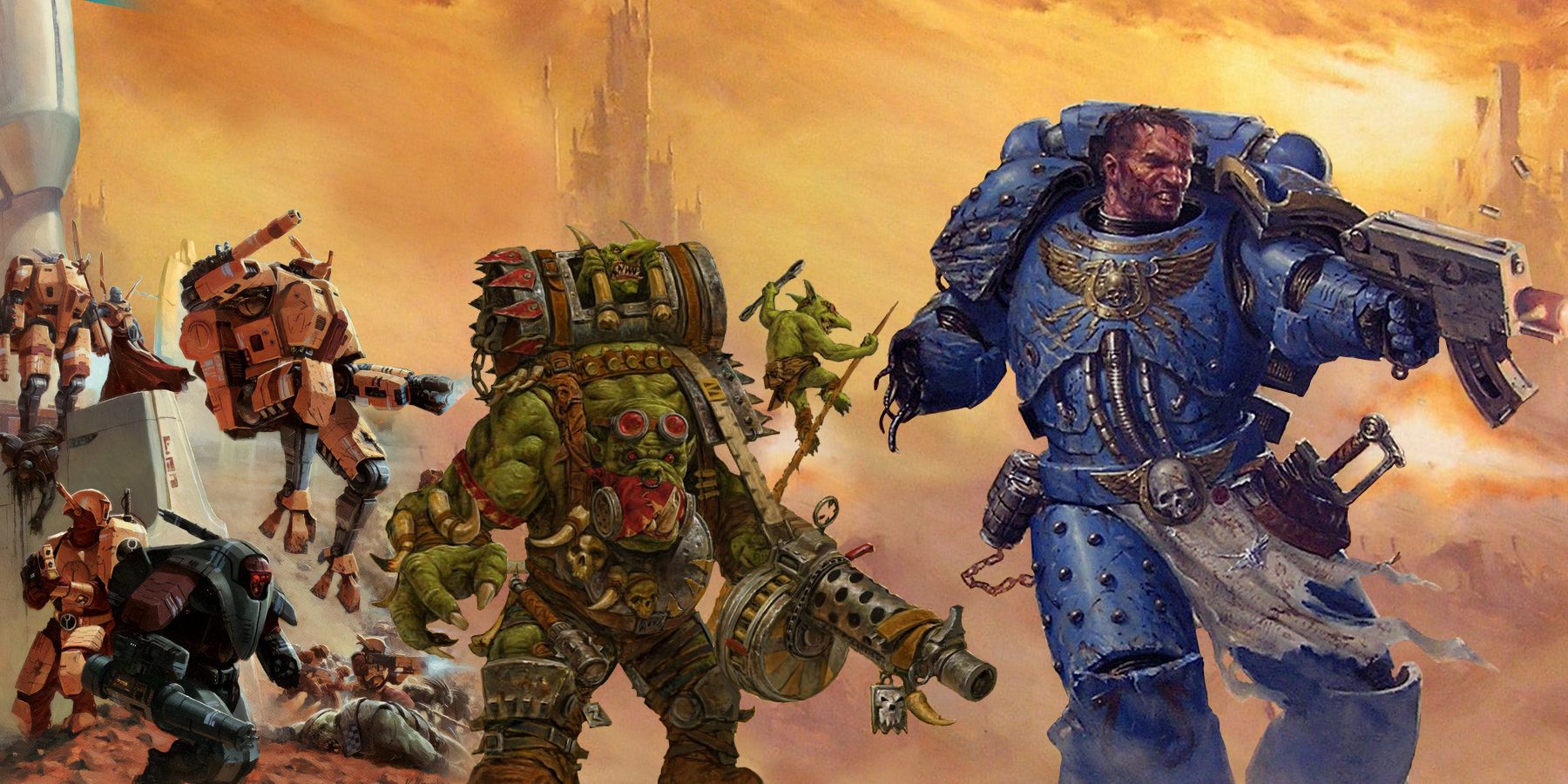
Warhammer 40K: The Strongest Factions According to Lore, Ranked
Warhammer 40K's lore is riddled with warfare among factions. Which of the many sides of the conflict are the most powerful?

